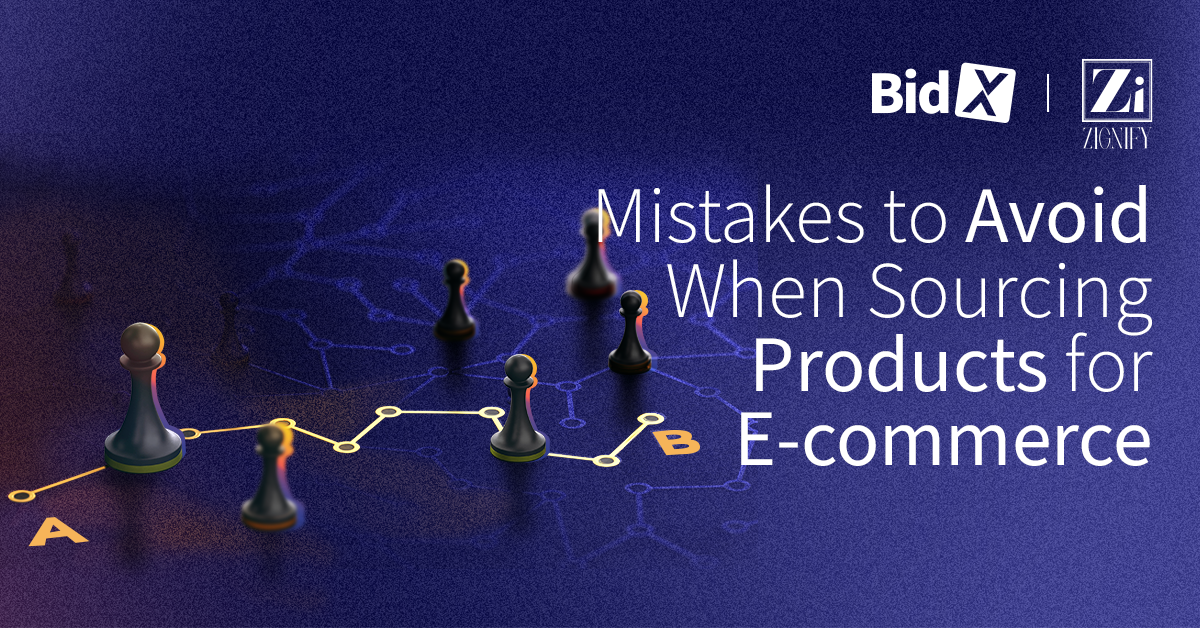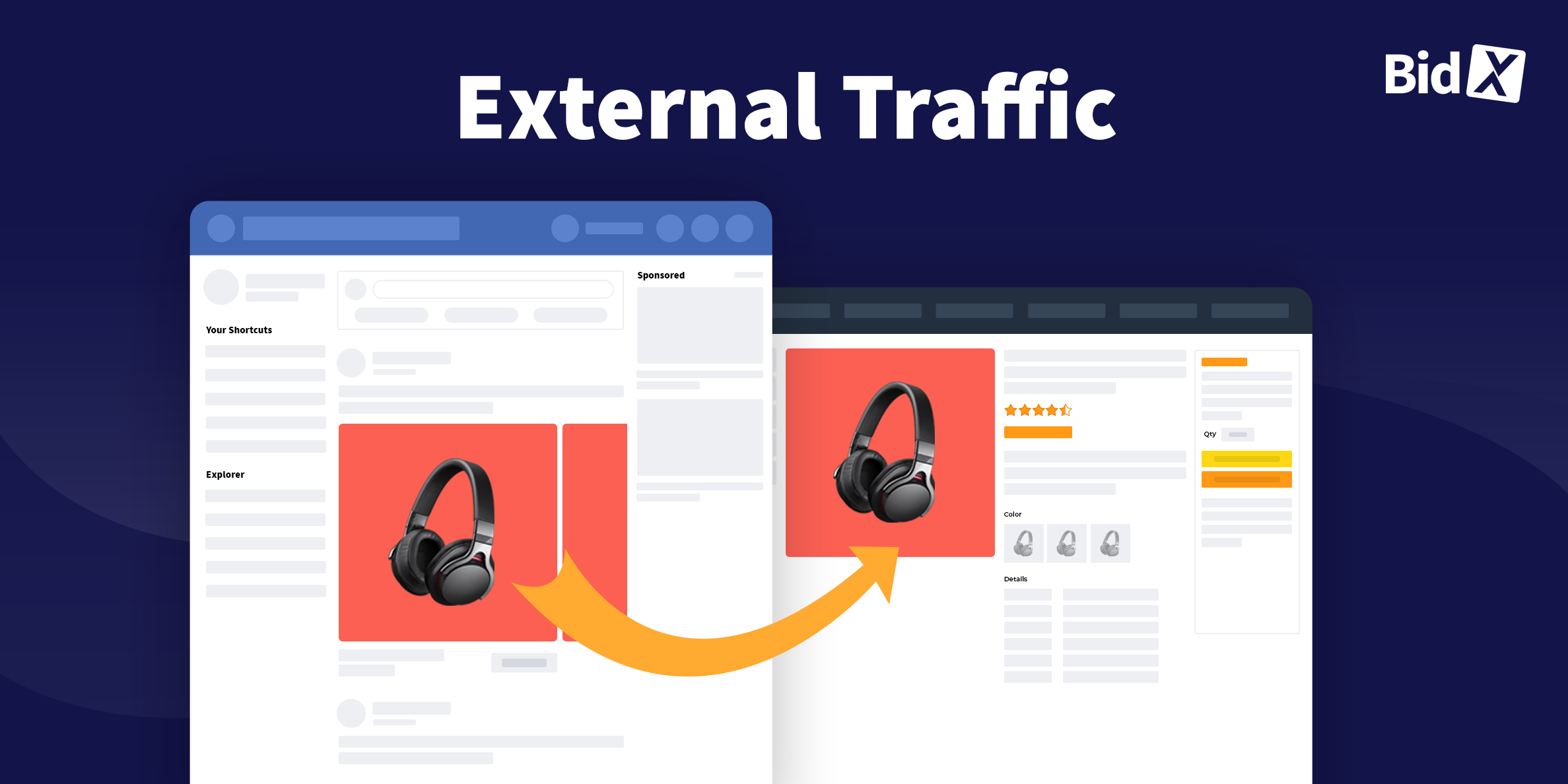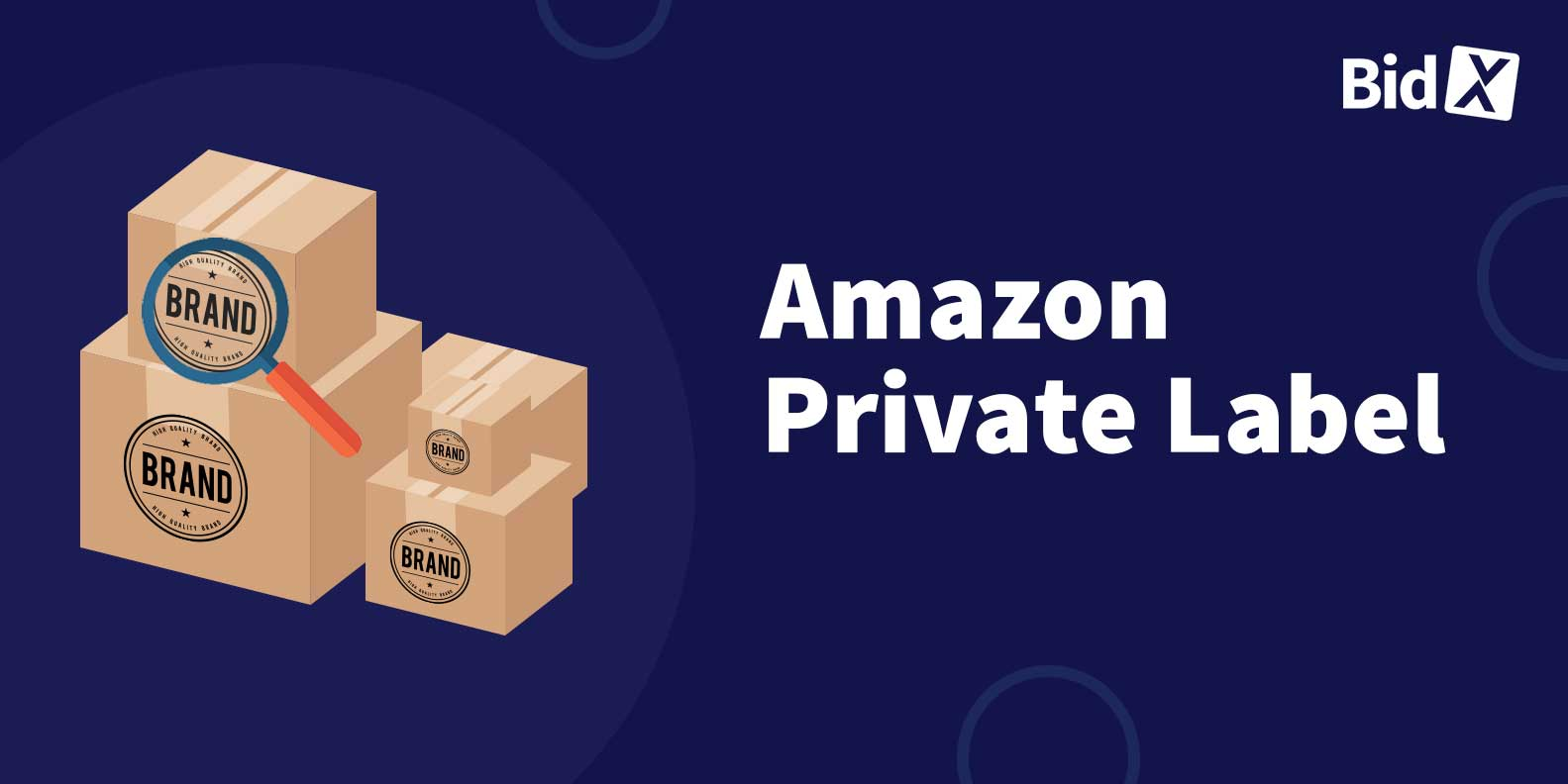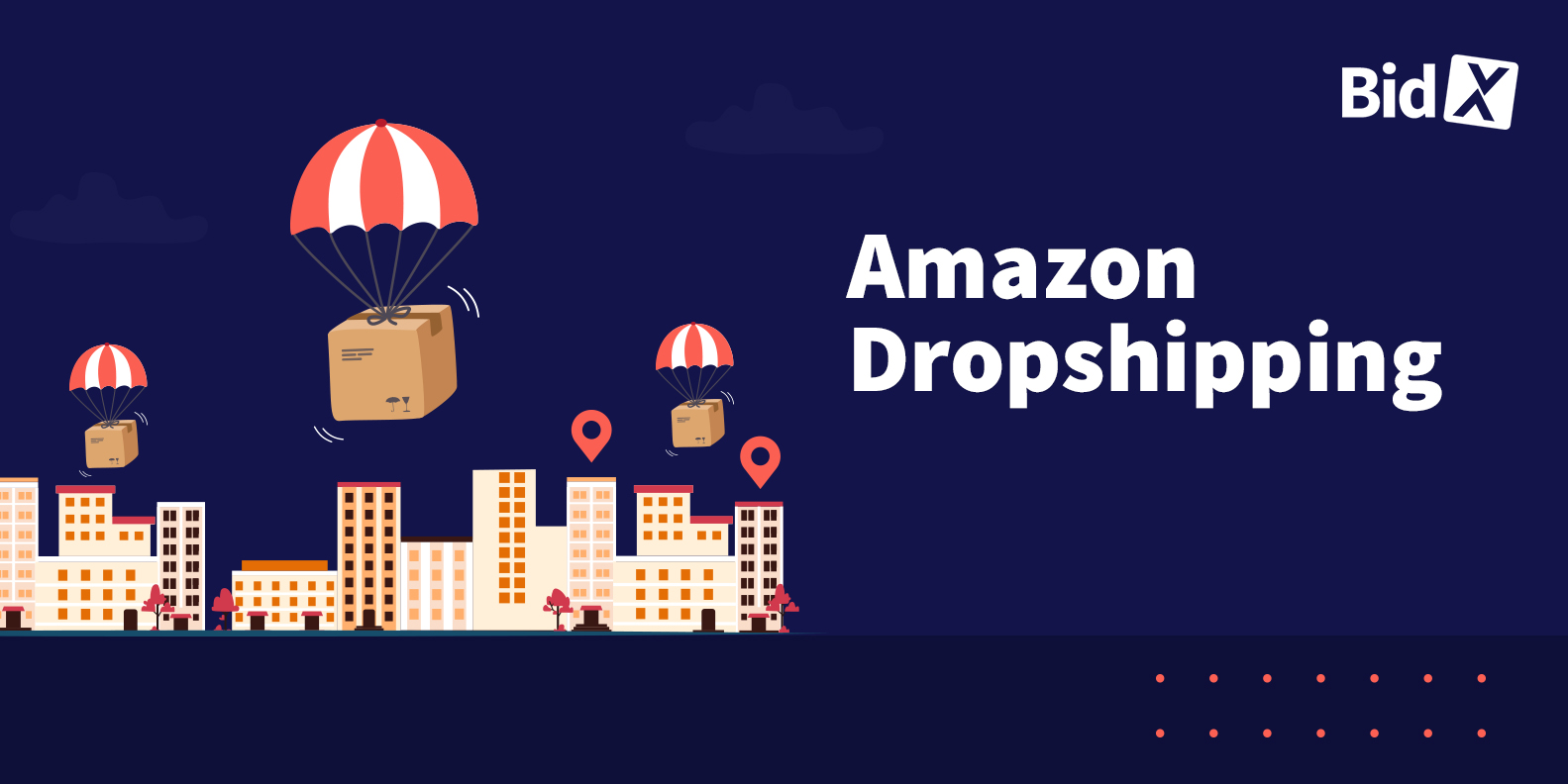Mistakes to Avoid When Sourcing Products for E-commerce: A Guide
Sourcing products for an e-commerce business is a critical process that can significantly impact your success. Whether you're an experienced seller or just starting, certain mistakes can derail your efforts and lead to costly consequences.
In this guide, we'll explore the common pitfalls to avoid when sourcing products for e-commerce, helping you make informed decisions and maximize your business's potential. Keep reading to uncover prevalent sourcing mistakes, along with actionable tips and solutions to steer clear of them in your future endeavours.
1. Neglecting Market Research
Neglecting market investigation stands out as a leading cause of business failure. This trend extends to product sourcing, where many entrepreneurs tend to skip comprehensive market research. It's regrettable that numerous businesses, irrespective of their size, underestimate the importance of this critical step. Some cite cost limitations, while others view it as too time-consuming or even unnecessary.
However, dismissing market research is a grave misstep. It stands as the cornerstone of successful product sourcing because, without a grasp of market trends, customer preferences, and competitive landscapes, you risk investing in products that might not resonate with your target audience.
A comprehensive market research endeavor empowers you to identify profitable niches, analyze competitors, and align your product selection with customer demand. It's crucial to realize that while you might be skipping market research, your competitors likely aren't. Those with a deeper understanding of consumer needs and desires are poised to outperform others in the market.
Solution: Prioritize market research to gain insights into consumer preferences, trends, and the competitive landscape before embarking on product sourcing.
Tip: Leverage keyword research tools like Google Keyword Planner, SEMrush, or Ahrefs to pinpoint trending products and evaluate their potential before diving into sourcing activities.
2: Lack of Clear Sourcing Strategy
When sourcing products, you must have a well-defined sourcing strategy – including locating the optimal supplier for your needs. Too few small companies do the proper due diligence when sourcing goods: as a result, they’re unlikely to get the best deal in terms of price, quality, functionality, or timely delivery.
Solution: Create a clear, specific sourcing policy. Use these tips to help you:
- Identify suppliers through the Internet, social media, and directories.
- Ensure to verify and vet all suppliers.
- Find a method of payment insurance/protection and manage quality control to safeguard the long-term future of your start-up.
- Decide which sourcing method best fits your needs – examples include direct purchase, using a commission-based sourcing agent, locating a sourcing provider or enlisting a reputable company like =Zignify Global Product Company
3. Overlooking Quality Control and Product Inspection
Product quality is a top problem that many Amazon sellers face and it's unfortunate that some assume products will meet standards without inspections. Failing to prioritize quality control during product sourcing can lead to negative reviews, returns, and damage to your brand reputation.
Ensure that your suppliers adhere to strict quality standards and conduct regular inspections to maintain product integrity. Investing in quality upfront can save you from costly issues down the line.
Solution: Implement thorough pre-shipment inspections to ensure products align with your specifications and quality standards. Don’t compromise on this critical step.
- Quality Checklists: Create detailed quality checklists for your products.
- Third-Party Inspections: Consider hiring third-party inspection services to ensure objectivity.
- Partner with suppliers who prioritize quality control measures and have a track record of delivering high-quality products.
- Conduct quality control during mass production and before shipment.
Tip: Sampling or randomly select and inspect samples from production batches.
4. Ignoring Supplier Vetting
Don't rush into supplier partnerships without thorough due diligence. Failing to verify suppliers' authenticity, their track record or their ability to meet quality and quantity requirements can lead to trouble in obtaining high-quality products and a seamless sourcing process.
Choosing the right suppliers is crucial for a successful e-commerce venture. Avoid the mistake of working with unreliable or unverified suppliers. Conduct thorough supplier evaluation processes, including background checks, reference reviews, and onsite visits if possible. Verify their manufacturing capabilities, production processes, and compliance with industry regulations to mitigate risks and ensure smooth supply chain operations.
Solution: Verify suppliers' credentials, history, reputation, financial stability, and production capabilities through background checks, references, and third-party audits. They should adhere to ethical practices, ensuring a smooth supply chain and consistent product quality. Verify their certifications and credentials to ensure they align with your quality standards.
Tip:
- Request References: Ask for references from other businesses that have worked with the supplier.
- Sample Orders: Start with smaller sample orders to assess product quality and reliability.
5. Failing to Diversify Suppliers
Businesses must recognize that a one-size-fits-all approach to contingency planning doesn’t work. Instead, they should tailor their plans to suit their unique needs. This involves understanding the intricacies of their supply chains to build resilience, enabling quick pivoting when necessary. Taking a proactive approach means monitoring global trends, establishing early warning systems, and maintaining clear communication channels with suppliers and partners.
Relying too heavily on a single supplier can leave your business vulnerable to disruptions such as production delays, quality issues, or supply chain disruptions. Diversify your supplier base to spread risk and maintain continuity. Consider working with multiple suppliers across different regions to enhance flexibility and resilience in your supply chain.
6. Ignoring the Total Cost of Ownership
When sourcing products, it's essential to consider the total cost of ownership beyond the initial purchase price. Factor in shipping costs, import duties, taxes, storage fees, and other expenses to accurately assess profitability. Conduct cost-benefit analyses and negotiate favorable terms with suppliers to optimize your supply chain costs and maximize margins.
Solution: Consider all costs associated with owning a product, including maintenance, storage, returns, and customer support, to calculate the total cost of ownership accurately.
Factor in the total cost of ownership when conducting cost analysis to make informed sourcing decisions and avoid unexpected expenses.
7. Neglecting Intellectual Property Rights
Intellectual property (IP) infringement can have severe legal and financial consequences for your business. Avoid sourcing products that infringe on trademarks, patents, or copyrights. Conduct IP due diligence, use legal contracts, and work with reputable suppliers to protect your brand and avoid legal disputes.
Protect your intellectual property by registering trademarks, patents, or copyrights and ensuring suppliers respect your rights and avoid infringing on others' intellectual property.
Solution: Work with suppliers who uphold intellectual property rights, use legal contracts to define ownership, and conduct regular checks to prevent infringement issues.
8. Lack of Clear Communication
Effective communication is key to successful product sourcing partnerships. Misunderstandings or lack of clarity regarding product specifications, delivery timelines, and pricing terms can lead to delays and disputes. Establish clear communication channels with your suppliers and document all agreements in writing to avoid misunderstandings and ensure accountability.
Use communication tools like email, video calls, and project management platforms to maintain regular contact and track progress with your sourcing partners.
Solutions:
- Always define your specifications, standards, requirements and expectations clearly beforehand.
- If you are finding it hard to communicate with your supplier during the early interactions, chances are it will only get more difficult from there. Don’t be afraid to drop them and continue to look until you find one with better communication skills.
- Never assume the producer fully understands your requirements – things like photographs and diagrams can be exceptionally useful.
- Remove any risk of misunderstanding by making your requests as clear and easy to understand as possible.
9. Underestimating Legal Compliance
Navigating legal requirements and compliance standards is crucial when sourcing products for e-commerce, especially when dealing with international suppliers. Ignoring legal obligations such as product certifications, intellectual property rights, and import/export regulations can result in costly penalties, shipment delays, and even legal liabilities.
Tip: Consult with legal experts or industry professionals to ensure full compliance with local and international laws throughout the sourcing process.
10: Ineffective Pricing and Negotiation Strategies
Some sellers may not have strong negotiation tactics or might rush into agreements without exploring multiple pricing options, potentially overpaying for products.
Develop effective pricing and negotiation strategies. Research market prices, consider various suppliers, and negotiate favourable terms. Striking a balance between cost and quality is key to profitable sourcing.
Tips
- Price Benchmarking: Compare prices from multiple suppliers and negotiate based on the data.
- Long-Term Agreements: Consider long-term contracts or bulk orders for potential discounts.
- Flexibility: Be open to adjusting your negotiation strategy based on market conditions.
Conclusion
By avoiding these common mistakes and adopting best practices in product sourcing, you can enhance the success and sustainability of your e-commerce business. It is also important to keep an eye on e-commerce trends such as the importance of sustainability, and the impact of AI on customer experience, so you can align your sourcing strategies with future market demands.
Having a reliable partner like Zignify Global for product sourcing can make all the difference. Schedule a free call to explore how we can assist you in global product sourcing, making the process smoother and helping you make informed decisions.





